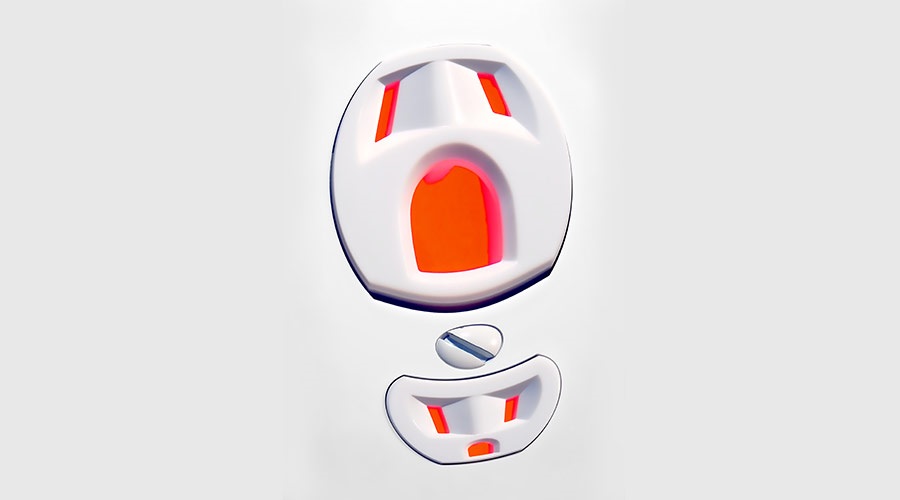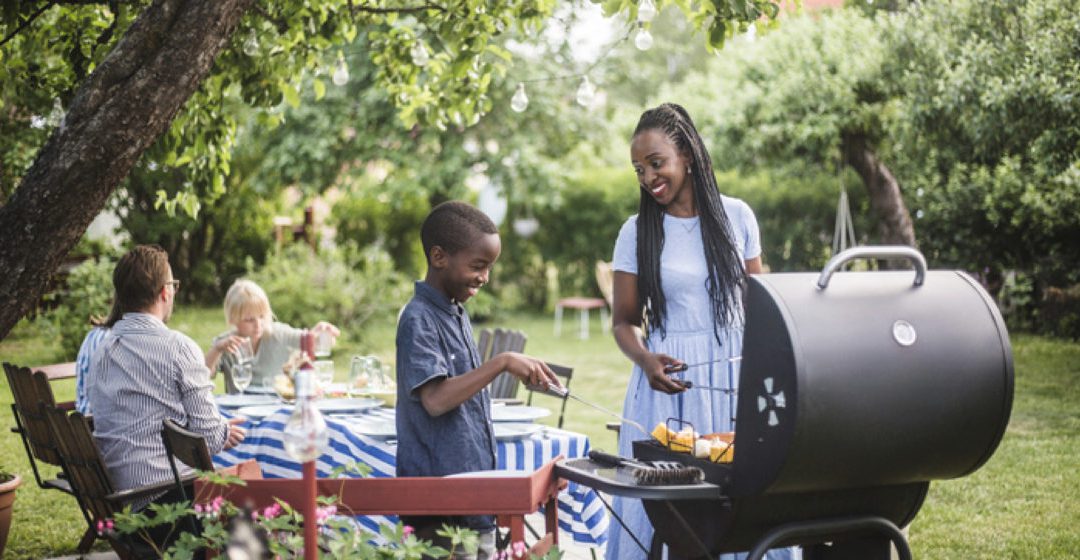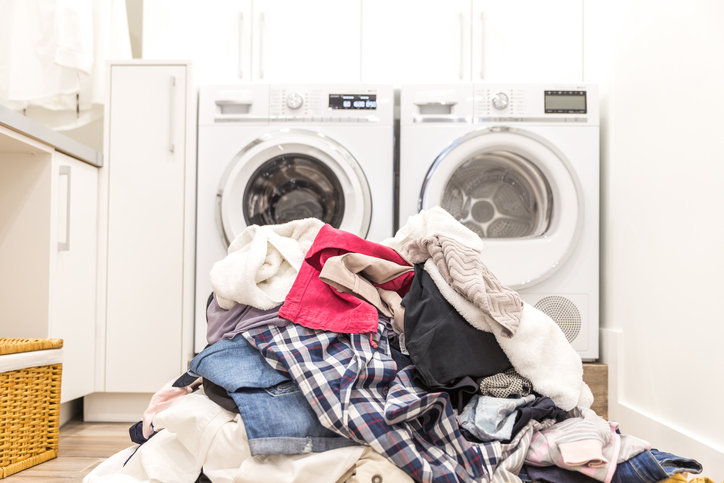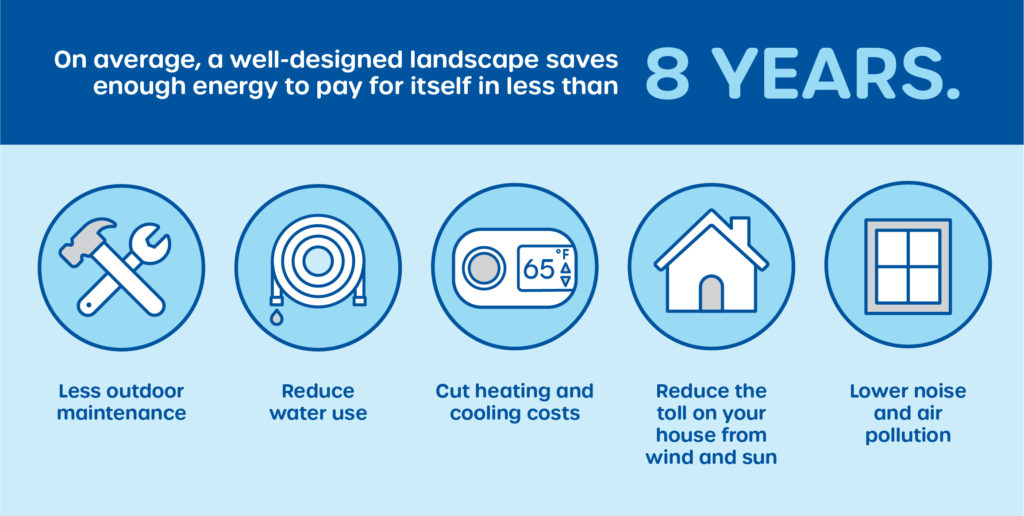
Oct 14, 2021 | Energy Efficiency
It’s spooky season, and it’s time to slay those energy vampires — the electronic gadgets, appliances, and other devices that draw energy when they’re plugged in but not in use.
Here are four tips to keep these monsters at bay.
In the home office
- After you sign off, your home office laptops and PCs are still on the job. Shut them – along with your printers, scanners, and other equipment – down and save.
In the family room
- Popular gaming systems use energy, even when they’re in standby mode. Next time you put down the controller, shut the system down.
In the kitchen
- If you’re not using an appliance, make sure it’s turned off. According to the U.S. Department of Energy, this simple act can save you between $10 and $20 per year in energy costs.
Everywhere you charge
- Your phone, laptop and tablet are using energy whenever they’re plugged in, even if they’re fully charged. Once the meter hits 100 percent, unplug your device to save.

Sep 30, 2021 | Energy Efficiency

Since 2009, our customers have saved 4,026,933,000 kilowatt-hours (kWh) of electricity. To put that into perspective, that’s the greenhouse gas emissions equivalent of:
- Removing 620,000+ passenger vehicles from the road for an entire year
- Charging 347,145,834,418 smartphones
- Operating 594 wind turbines for a year
- 970,686 tons of waste recycled instead of landfilled
- 343,666 homes’ energy use in a year
The Difference Customers Like You Have Made
For the past 12 years, our customers have cut electricity usage by over 4 billion kWh by participating in our energy efficiency programs—that’s savings of more than $403 million in energy costs. Wow! Check out these big stats worth celebrating:
- 24,000,000+ energy-efficient light bulbs were purchased
- 143,000+ appliances were properly recycled
- 71,000+ energy-efficient devices and appliances were installed in local businesses

Energy Efficiency Means Peace of Mind
Taking the time to make the right decisions about your home’s appliances, air quality, and heating and cooling systems goes a long way. When your home is more energy efficient, it means you’re in control of your costs and your comfort. Whether you’re upgrading to ENERGY STAR® certified appliances or being mindful of your day-to-day acts, like shutting off lights, it all adds up—benefiting your family’s comfort, your savings, and the planet.

Celebrate With an Energy-Efficient Rebate
When it comes to major home endeavors like insulation or upgrades to heating and cooling systems, you can save hundreds with our rebates and incentives. In addition, Pennsylvania offers residents financial incentives and tax credits on upgrading your home’s energy efficiency.

For more tips to help you save energy, visit savewithppl.com.

Jul 22, 2021 | Energy Efficiency
When the temps go up, the energy costs often do too. Here are a few handy tips to save energy and save money. Even small changes can collectively help you out during the heat of summer.
Tip 1: Avoid the Oven

Cooking with a conventional oven can add unwanted heat to your house, forcing your A/C to work harder. Do more of your cooking with a microwave or slow cooker to keep the kitchen cool. Better yet, use the summer heat as an excuse to fire up the old backyard barbeque. Outdoor grilling is a summertime tradition for a reason—you can cook delicious meats and veggies while keeping the heat outside.
Tip 2: Energy Recon

A home energy monitor can give you real-time data on your energy usage. You can determine which of your appliances are gobbling up the most energy. You can conduct experiments to help you save energy. Also, you can monitor your usage for a certain time period. When you see how and when you’re using energy, you can find ways to save.
Tip 3: Cool Your Bulbs

Switching to LED lightbulbs can help you save in multiple ways. ENERGY STAR® certified bulbs use at least 75% less energy and last 25 times longer than traditional incandescent bulbs. Plus, LEDs don’t give off as much heat as traditional bulbs, so they can help keep cooling costs down.
Tip 4: Throw Some Shade

During the dog days of summer, window shades can really help your energy consumption. In rooms without direct sunlight, you can pop those shades up and use the sun to light this part of your home. In rooms with direct sunlight, do the opposite: Drop your shades to keep the room nice and comfortable.
Tip 5: Location. Location. Location.

Be mindful of where you place appliances that give off heat. When placed near a thermostat, lamps with incandescent bulbs and some TVs can make it difficult for your thermostat to get a good reading. This means your A/C might work harder than necessary to keep you comfortable.
So there you have it. Hopefully these tips and tricks will help you—and your energy bill—beat the heat during these summer months. Discover even more ways to save with PPL.

Apr 1, 2021 | Energy Efficiency
Laundry can be daunting, right? It seemingly never ends. Since the average household requires at least a few loads per week, it’s worth taking a closer look and finding ways you can save on your laundry-related electricity costs.
If you’re in the market for a new washer, there are efficient options available that will help you save over the lifetime of the unit. But if you prefer to hang on to your current machine, there are still plenty of ways to save energy and money:
Wash with cold water. Using warm water instead of hot can cut a load’s energy use in half, and using cold water saves even more. Cold water detergents are helpful to ensure items get clean. Be sure to use high-efficiency detergents when required by the manufacturer.
Wash full loads. You washer uses approximately the same amount of energy no matter the size of the load.
Dry right-sized loads for your machine. If your dryer is too full, it will take longer and use more energy for your clothes to dry. Loads that are too small also can take longer to dry, plus you spend more per item when running the dryer for only a few things.
Air dry when you can. Spring is here! And with sunshine and warmer weather you can hang laundry outside or use a drying rack to avoid powering up the dryer.
Clean the lint filter on your dryer. The dryer will run more efficiently and safely.
We hope these tips make your laundry routine more efficient and less of a chore!

Feb 26, 2021 | Energy Efficiency
Curb appeal can help sell houses, but did you know your landscaping also can improve your home’s comfort and reduce your energy bills year-round?
On average, a well-designed landscape saves enough energy to pay for itself in less than eight years. Appropriately placed trees, shrubs, fences and other landscaping features require less maintenance, reduce water use, cut heating and cooling costs, reduce the toll on your house from wind and sun, and lower noise and air pollution.

While our part of the country is classified as a cool region, leaving us concerned with harsh winters, it’s important to consider the climate immediately surrounding your home, called a microclimate, which could be sunnier, windier or wetter than the region’s climate. That would affect your landscaping choices.
A windbreak is usually made up of one or more rows of trees or shrubs that provide shelter from the wind and protect soil from erosion. They can protect your home from winter winds by lowering the wind chill near your house. Windbreaks also create dead air space to insulate your home in winter and summer. For maximum protection, plant a windbreak at a distance from your home of two to five times the mature height of the trees you select. One study found that planting windbreaks to the north, east and west of your house cuts fuel consumption by an average of 40%.
Trees also protect your home from the heat. Deciduous trees, which lose their leaves in the fall, protect your house from the sun but let in light in the winter. Evergreen trees and shrubs provide continuous shade, so be careful not to plant them too close to the south side of your house or you’ll lose the warmth of the winter sun.
It’s also important to think about the watering needs of your landscaping. Choose plants that require less water, and always water in the morning when evaporation rates are low. Mulching will help reduce evaporation while cutting back on your weeding chores.
As you survey your lawn and garden this spring, think beyond what flowers to put in the planters and consider how properly placed trees, shrubs and plants can save on your utility bills and put some green back in your pocket.















